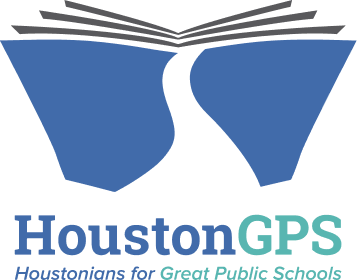School Board 101
As the school year kicks off, education is top of mind for most parents and many community members. While teachers, principals, and the Superintendent are well-known figures in the education space, the role of a school board continues to be unclear for many despite being a critical component of student success. Here we explore how school boards fit into our education system and highlight key characteristics of effective school boards.
What does a school board do?
The school board is the governing body of the school district. While district staff, led by the Superintendent, handle day-to-day operations, the school board oversees the high-level functions of the district. School boards are ultimately responsible for:
- Setting the vision and goals for the district. School boards create a shared vision for the district that incorporates community needs and ensures the well-being and academic growth of students. The board also creates goals aligned to the district vision that provide direction to the Superintendent and focus efforts to improve student learning.
- Hiring and evaluating the Superintendent. The Superintendent is accountable directly to the school board. Generally, the Superintendent is appraised based on progress toward district goals for student achievement.
- Approving the district budget. School boards are responsible for adopting district budgets annually that align resources with their shared vision and goals for the district.
- Adopting board policies. In addition to state and federal law, school districts are governed by local policies adopted by the school board. School boards are responsible for setting policies that direct and support district staff in alignment with the goals and vision.
- Communicating with the community. School boards are representatives of their school communities. They are responsible for engaging their constituents to communicate a shared vision of the district that is meeting the needs of the students they serve.
What makes an effective school board?
While school boards do not oversee daily instruction, their work does have clear impacts on student learning. The National School Board Association has identified characteristics of effective school boards. The study found that school boards in high-performing school districts behave markedly differently from those in lower-performing districts, accounting for differences in student population like economic disadvantage. The Texas Education Agency echoes much of this in their Framework for School Board Development. Effective school boards:
- Set high expectations for student achievement. School boards that set a vision for the district with high expectations for student outcomes and instructional quality saw that reflected in their districts. School board members in these districts were more likely to set measurable student outcome goals and clearly communicate how they were aligned with district processes. Texas recognizes the importance of student-centered goals by requiring districts to set at least three: one for 3rd grade literacy, one for 3rd grade math, and one for college, career, and military readiness.
- Have a shared belief that all students can achieve at high levels. Effective school boards are united in their values about what is possible for their students and the ability of their district to meet student learning needs. External barriers to education like economic disadvantage are seen as areas in need of additional support rather than a reason for lower student growth.
- Are accountability driven. Successful school boards spend less time on operational functions of the district and more time focused on improving student achievement. The Texas Education Agency Lone Star Government model recommends that school boards spend at least 50% of their time monitoring student outcome goals.
- Have strong communication structures. School boards should have collaborative relationships with district staff and strong channels of communication with their communities to engage around district goals.
- Focus on data. Effective school boards use student outcome data to drive continuous improvement and ensure student growth. Data-driven boards incorporate data throughout the decision making process, remain solutions-oriented, and communicate progress publicly.
- Align resources to district goals. In adopting an annual budget, school boards should ensure that resources are clearly aligned to student-focused board goals. Even with limited financial resources, effective school boards understand how to prioritize resources like professional development to target student learning.
- Lead together. Strong school boards are built on mutual trust and, together with the Superintendent, act as a united team, while recognizing their respective roles. School board members shouldn’t micromanage the day-to-day operations of the district, but instead remain focused on district governance to put the systems in place the district needs to function.
- Continuously improve. Like teachers and administrators, school board members should engage in their own professional development, learning together as a group.
